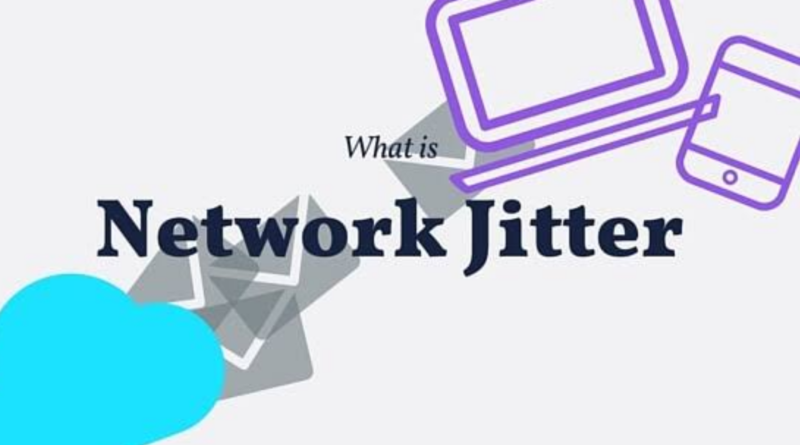What is Network Jitter?
It’s Saturday night and Counter Strike is the game of choice. You’re smashing it, an unstoppable force in a world that’s falling to your command. Then your next shot goes wide. It happens again, and again. Before you know it, the game is over and you’re the one that fell.
Chances are, you become victim to a very different kind of force; network jitter. While commanding the world might not be your number one goal, being in charge of your network is. So what is jitter, and how can you bring it to heel (to get on with the game)?
Network jitter can have an impact on any online activity, whether that’s gaming, streaming or even a VoIP (Voice Over Internet Protocol) call. Whenever there’s an interruption to the data packets that are serving you, there’s an interruption of that service. Jitter.
Data packets are the workhorses of communications online. Imagine you’ve just clicked on this page. In the background, thousands upon thousands of bits of data are bundled into packets then sent to your computer to create the page you’re looking at. The same applies when listening to music online, or watching a film, reading an email, playing a game, having a VoIP call.
These data packets are coming from all over and each of them will be sent via the best route your ISP makes available. It’s a massive, virtual transport network with information being sent back and forth across lines then reassembled at the destination.
Now imagine there’s a roadblock somewhere; a line is cut or there’s faulty equipment. The network re-routes some of your data packets with the aim of getting the entire message to you as efficiently as possible. But the detour may take too long and the system begins assembling the page or call in the wrong order, or without all the data it needs. You experience drop-outs, an interruption to the service. The call or picture quality suffers, and you miss your shot in Counter-Strike.
There are ways to reduce the frustration caused by jitter. First, you need to measure the average delay time between transmitting and receiving a single data packet. You can do this as a Ping Jitter Test or through bandwidth testing. Both will give you insight into the level of jitter on your network, and whether the measures you take are having any positive effect.
A Jitter Buffer is a worthwhile tool for VoIP issues. It purposefully delays incoming voice packets before sending them on, thus creating time for error-solving as it occurs. Prioritising Packets, a QoS setting, is a way of giving certain types of traffic priority over others. What’s most important to you is pushed to the front of the queue, while less important traffic can fight it out in the background.
You should think about cable quality as well. CAT6 runs data at twice the speed of older CAT5 cables and a simple upgrade could solve most jitter problems. As could minimising bandwidth usage and giving priority to important tasks, thus preserve the quality of your network when it’s needed most.
In short; test, measure, take action. Before you know it, jitter will be under control and you’ll be an unstoppable force once again.


